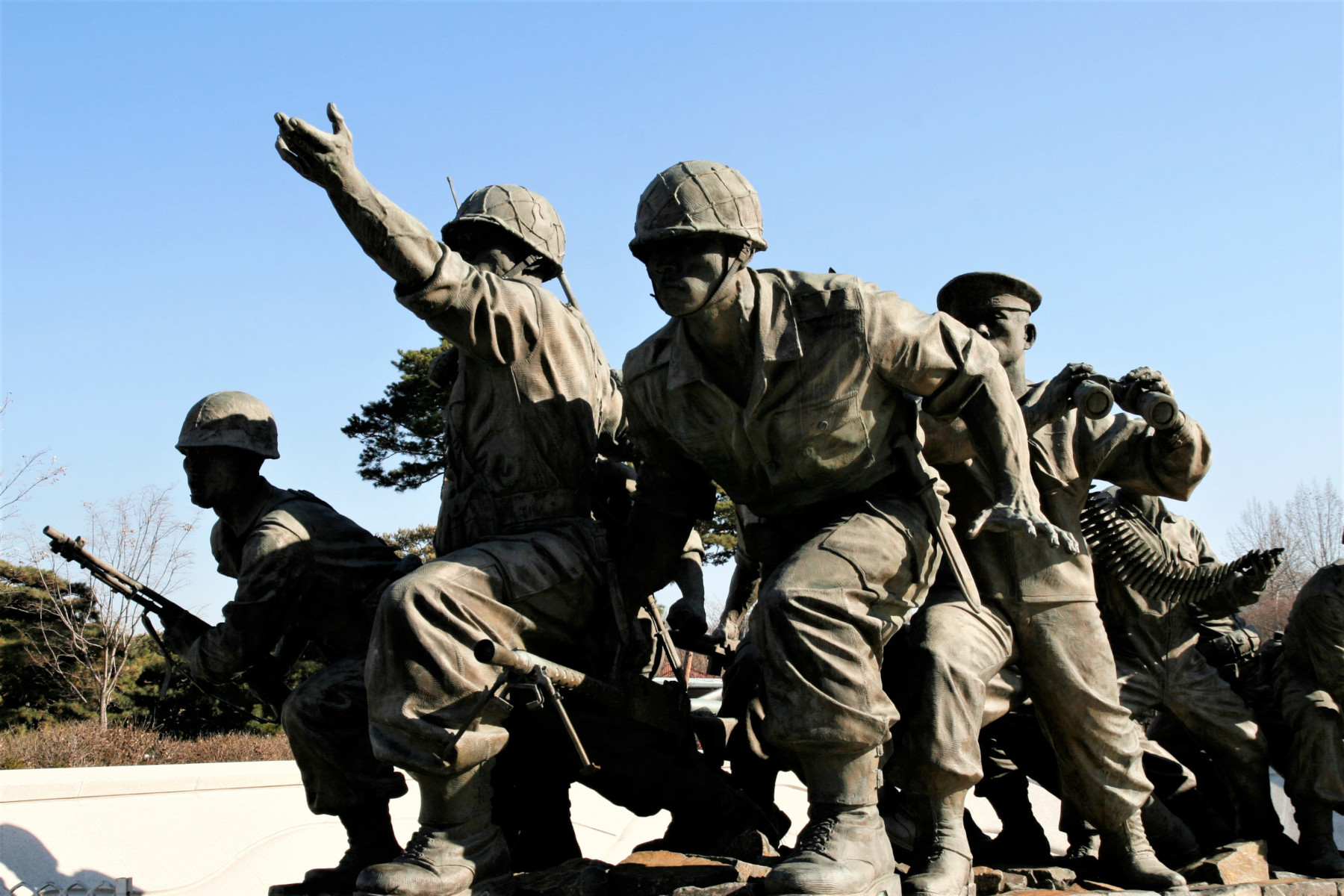
Early Examples of Military Art
- The Battlefield Palette is a surface sculpted from the Protodynastic Period of Egypt (3500 to 3000 BC). It is fragmented but reveals captives being lead away and wild animals eating the dead.
- The Stele of the Vultures (2,500 BC) is one of several Mesopotamian “victory stelae”. The antique Greek Parthenon Marbles show long ceremonies of the city’s volunteer army force, and many Greek vases show views of conflict.
- In China during the Han dynasty, a popular stone made between 150-170 AD from the Wu family memorials displays a battle within army forces in the battle against Dong Zhuo.
- In Old Roman art, the most complex Roman famous columns showed very long decorations of military battles. The most impressive ones are Trajan and Marcus Aurelius in Rome.
- The Alexander Mosaic is a large and dramatic battle scene revealing Alexander the Great defeating Darius III of Persia;
Changes to the Craft
Art shifted over time, for instance, In the old times, it was more tragic, and art was also very dark. Summing up, the representations showcased these tragic moments. Violence and representations of destruction were more evident in artwork during this period.
The representation of other aspects of war, particularly the suffering of disasters and civilians, as well as representations of army figures, has taken much longer to grow. The representation of unknown soldiers away from the battlefield became very popular since the start of military uniforms.
Naval displays are popular, and battle pictures and “ship pictures” often qualify as a section of marine art. Moreover, the growth of other large military machine models, such as warplanes and tanks, has led to new varieties of work describing these, either in movement or at rest.
Why would an artist create war art?
Governments hired official war professionals to represent the army in action. Governments selected them for knowledge or propaganda objectives- and to register events that occurred on the battlefront.
War artists work by exploring the visual and sensory dimensions of war. Usually, they have experienced a war-related event, like family dying, being in the war, etc. To be sure, these kinds of experiences change art and make it unique.
The association to the war may be as observers to the scenes, usually, this type of situation comes from the military with great desire to represent direct war occurrences or professionals who are formally requested to be present and represent military action.
A war artist constructs a visual statement of the influence of war by registering how men and women wait, plan, fight, suffer, celebrate, win, and lose. Surely, the act of the war representation will affect how the following generations view military battles.
The compositions made by war artists represent and preserve several perspectives of war. That being said, there is no separation when representing war, the military experience will be exposed the same way that it was observed, whether allied or enemy, service or civilian, military or political, social or cultural. The purpose of the war artist is to embrace the circumstances, development, and outcomes of battles.
Those artists have the gift of recording military actions in ways that cameras and written words cannot. In essence, their art gathers and refines the struggles of men and women who endured that period.
The war artist or combat artist catches instant actions and combines them with more initial moments of the same scene within one captivating picture. Therefore, war artists differ from cameras because they can show a whole situation with a wide point-of-view, unlike photos that only capture a single instant.
Military Art throughout Time
World War I was the start of changes in the art style and new styles replaced the elegant Victorian technique. Surrealists and Expressionists designed unbalanced, chopped-up prospects. These nightmarish visions often depicted shattered human bodies and broken societies moving toward moral chaos.
After the origin of this type of “dark art” lead by WWI, artists whose work concentrated on war built the American scenery. This style began with an explicit description of the American Revolutionary War.
In 1917, the American military chose American-approved war artists. These artists traveled to Europe to record the actions of the American Expeditionary Forces.
In World War II, the Navy Combat Art Program ensured documentation of all aspects of the war.
Modern Military Art
After understanding how the work of war artists was important and could improve history, the official war artist title persevered in some military battles. For example, teams of soldier-artists during the Vietnam War produced graphic descriptions and interpretations for the American army military history.
In 1978 the U.S. Navy chose a specialist team made of Artists. They invited Patricia Yaps and Wayne Dean to describe air-sea rescue missions out of Key West. Subsequently, nearly 78 artists formed the team that year to produce pictures of art representing Navy topics.
George Gray chose the majority of conflict artists of the 1970s. He was director of NACAL, Navy Air Cooperation, and Liaison Committee. Charles Lawrence, a supervisor, elected some of their compositions for the Navy Combat Art Museum in the capital.
In 1992 the Museum Division’s Collections Branch added the Army Staff Artist Program to the United States Army Center of Military History.
Michael Fay is an official US Marine war professional- and one of only three whose work describes the battles in Iraq and Afghanistan in 2007.
